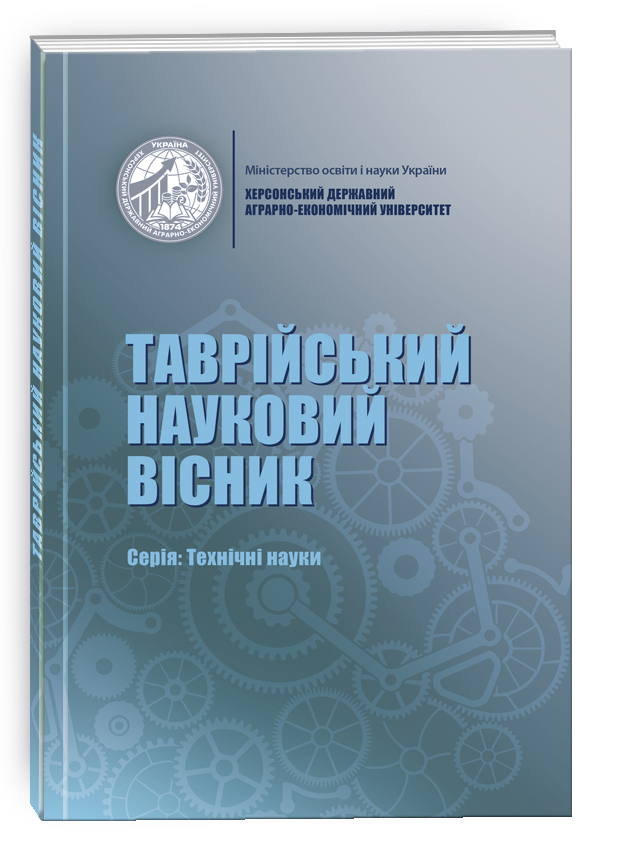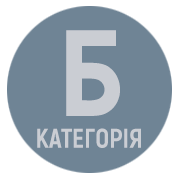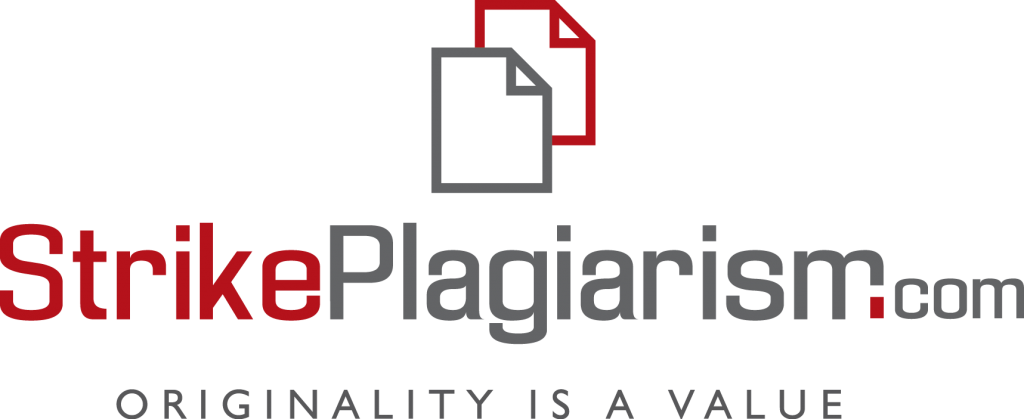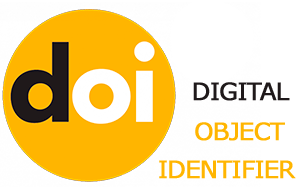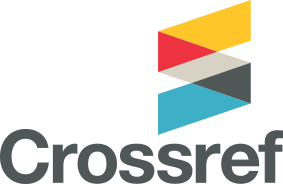IMPROVEMENT OF 3D GRAPHICS IMAGE OPTIMIZATION TECHNOLOGY
DOI:
https://doi.org/10.32782/tnv-tech.2024.5.3Keywords:
3D graphics, modeling, texture atlas, optimization, lighting, rendering, complex scenesAbstract
The article proposes the improvement of the technology of image optimization of 3D graphics. The object of research in this article is the process of using a software component to improve the technology of image optimization of 3D graphics. The practical significance of this study lies in the development of recommendations for improving the technology of image optimization of 3D graphics. The article provides a justification for the need to optimize graphic objects in such a way that they look realistic, but at the same time do not overload the hardware. The problems of having a high number of polygons, textures and complex lighting effects, which can create a significant load on the graphics processor, are considered. The importance of optimizing 3D graphics images to reduce the demands on computer computing resources, such as RAM and video card memory, is considered. The article describes the impact of optimizing 3D graphics images on reducing rendering time, which is especially important in industries that require high data processing speed, such as architectural modeling, simulations, and virtual reality. New rendering approaches such as real-time ray tracing and voxel-based rendering are covered. The characteristic features of the polygonal model for representing 3D objects are systematized. The need to use compression and texture optimization as important elements in 3D graphics that directly affect rendering performance and memory usage is substantiated. The article proposes a calculation of the effectiveness of using a texture atlas. In this study, mathematical modeling of polygons representing 3D objects was carried out. The article provides a lighting precalculation technique that is used for complex scenes, which allows to reduce the load on the system during the execution of the program. In this work, mathematical modeling of ray tracing processes is presented, which allows to describe the interaction of light with the surfaces of objects, taking into account reflection and refraction. The article presents a technology for optimizing polygonal grids, which is directly related to the number of polygons that make up the object. The improved technology of image optimization of 3D graphics acts as a scientific result of the conducted research.
References
Gu C., Lu X., Zhang C. Example-based color transfer with Gaussian mixture modeling. Pattern Recognition . Vol. 129. R r . 771-774, 2022. DOI: https://doi.org/10.1016/j.patcog.2022.108716
Starkova O., Bondarenko D., Hrabovskyi Y. Providing software support for economic analysis. Technology Audit and Production Reserves, 2023, No. 5 (2 (73)), pp. 34–39.
Hrabovskyi Y., Bondarenko D., Ushakova I. Usage of adaptive design technologies for the design of a web application for analysis of the efficiency of solar panels. Academic notes of TNU named after V.I. Vernadskyi. Series: Technical Sciences, 2024, Vol. 35 (74), No. 1, pp. 118-126.
Joern B., Peter C. Foresight and Design: New Support for Strategic Decision Making, She Ji. The Journal of Design, Economics, and Innovation . No. 6(3). pp. 408-432, 2020. DOI: https://doi.org/10.1016/j.sheji.2020.07.002
Martin R. Twenty challenges for innovation studies . Science and Public Policy, 2016, No. 43(3), pp. 432–450.
Hrabovskyi Y., Bondarenko D., Kobzev I. Improving the technology for constructing a software tool to determine the similarity of raster graphic images. Eastern-European Journal of Enterprise Technologies . 2024. No. 1(2 (127). pp. 16–25. DOI : https://doi.org/10.15587/1729-4061.2024.298744
Khoroshevska I., Khoroshevskyi O., Hrabovskyi Y., Lukyanova V., Zhytlova I. Development of a multimedia training course for user self– development. Eastern-European Journal of Enterprise Technologies . 2024. No. 2( 2 (128). pp . 48–63.
Hood N. Quality in MOOCs: Surveying the terrain. Burnaby: Commonwealth of Learning, 2016, 40 p.
Hrabovskyi Y., Kots H., Szymczyk K. Justification of the innovative strategy of information technology implementation for the implementation of multimedia publishing business projects. Proceedings on Engineering Sciences , 2022. No. 4(4). pp. 467–480. DOI: https://doi.org/ 10.24874/PES04.04.008
Ushakova I., Hrabovskyi Ye. Methodology for developing an information site with Workflow support for publishing articles. Development management. 2022. No. 20(3). Pr. 20–28. DOI: 10.57111/devt.20(3).2022.20-28
Ushakova I., Hrabovskyi Y., Bondarenko D. Modeling and selection of a distance learning system for a higher education institution based on the method of hierarchy analysis using the DSS. Academic notes of TNU named after V.I. Vernadskyi. Series: Technical sciences . 2023. Vol. 34(73). No. 2. P. 246-253.
